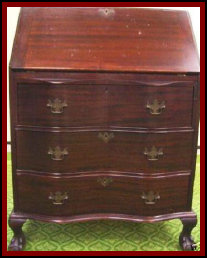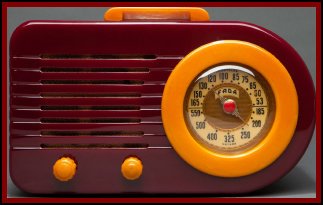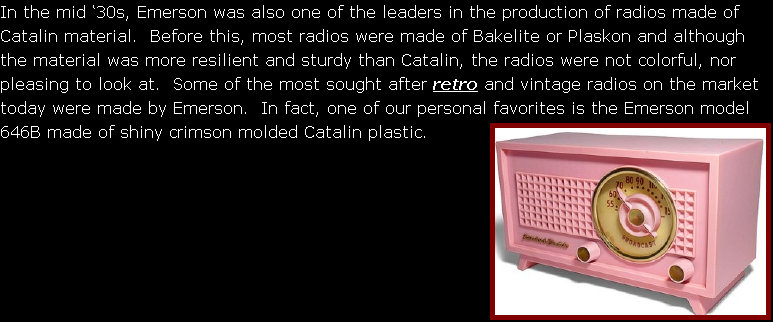









www.NOVA-Antiques.com does not manage, own, promote or operate the antique shows, flea markets, estate sales or auctions listed on
these pages. All information is provided as a service to our subscribers and clients. Although we try to verify all listings
for antique shows, flea markets, estate sales and auctions prior to publication, there are times that date, location and times changes
are made by owners, managers and/or promoters that are not communicated to us in a timely manner. It is a good idea to check
with the owners, managers or promoters to make sure the event is being held before embarking on a journey.












Zing zing, zing zing, zing zing . . . can you guess what vintage collectible makes that sound? Well,
there is probably more than one answer but the one we’re thinking about is the antique straight razor. It makes that distinct
and often recognizable sound to men, as they watch the old time barber sharpen his instrument on a razor strop. This is the
same razor he will use after applying that thick-rich lather to the back of the neck and around the ears. Or in some cases your
beard if that service has been requested.
Straight razors are described as a blade that can be folded into a handle. These types of razors were used for hundreds of years
by men all over the world to shave in the morning. Now, due to the invention of safety razors and electric razors, most men,
and most barbers, do not use straight razors. However, many collectors love the old pieces not only for their nostalgic magic,
but because some can be pieces of art.
Straight razors, both the blade and the handle can be made of various materials. Some of the most beautiful examples were made
in Europe; Germany and Sheffield England were two primary spots known for metallurgy. In America, companies like the Shumate
Razor Company and the Geneva Cutlery Company are well known for the design and beauty of their straight razors. Rare examples
of these razors include carved handled specimens made of bone and highly decorated ones in sterling.


Where You Might Find Vintage Radios in June 2012 . . .
The month starts out with the June Festival of Antiques in Mullica Hill, New
Jersey. This show which attracts almost one hundred dealers and thousands of visitors will be held on Saturday, June 9, 2012. The June Festival of Antiques features Americana including quilts, folk art and vintage pottery as well as glass, furniture and fine
art.
June , 2012, Fabulous Finds Barn Sale, The Barn, Vienna, Virginia
June 16, 2012, Main Street Antique Show, Historic Downtown Hendersonville,
Hendersonville, North Carolina
June 9-10, 2012, Gaithersburg Antique & Collectible Show, Montgomery County Fairgrounds, Gaithersburg,
Maryland
June 23-24, 2012, Northern Virginia Antiques Show, Thomas Jefferson Community Center, Arlington, Virginia
A Short History of Emerson Radio
Emerson Radio got its start in 1915 as the Emerson Phonograph Company with roots in the record business. In the 1930’s, although still in the phonograph and recordings business they became more and more involved with producing radios and
became very prominent with the introduction of peewee radios, which were small and compact; perfect during the depression era. They were not the only company offering these small radios, but clearly the leader. Half of all peewee radios were made by Emerson
and by 1938, they had sold more than a million units.

Mikey decides he has had enough and is going to hang himself. A couple of minute later a couple of guys come
walking past and see him hanging by his wrists and ask him what he is doing. “Hanging myself,” says Mikey. The men laugh
at tell him; well you need to put the rope around your neck. He looks at them exasperated and says, “Duh, I tried that but I
couldn’t breathe.”




Record Auction Price for Vintage Camera
Wow, we hope that the JAM Cam we have stored away will someday bring us this kind of windfall
. . . but we doubt it. A 1923 Leica camera recently sold for more than $2.16 million in Vienna, Austria. Leica is a German manufacturer
that produced only twenty five of these test models and only twelve are known to exist today. WestLicht Auction House expected
the camera to bring in about $400,000 but a similar camera sold last year for a cool $1.9 million.
June
1-2, 2012, Mohawk Arms, Bouckville, New York; silver, Washington button, flags and militaria.
June 23, 2012, Check the Oil Auction,
Embassy Suites in Columbus, Ohio; petroliana, advertising and signs, countertop displays.
Vintage Radios Appealing to the New Collector
Despite the abundant availability of vintage radios in the antiques and collectibles
market, there are still a lot of people for whom the radio is still a nostalgic piece of their history. They can remember sitting
in the family room gathered around the radio with their loved ones listening to comedians such as Bob Hope or Red Skelton; or listening
to other shows such as Dick Tracy and Little Orphan Annie. However, there are is new breed of collectors who don’t remember
those shows or comedians at all, and love the radios not for nostalgic purposes, but for their sheer esthetic beauty.
Many of the vintage radios that can be found at flea markets, estate sales or antique shows come in all shapes, sizes and color depending
on the era that they were made. In years past, we sold many vintage radios that were made in the ‘30s on eBay to the nostalgic
group; most of those radios were made from Bakelite. Bakelite is hard plastic material that came in mainly two colors, black or dark
brown. We also sold many that were made of Plaskon, which was introduced by radio manufacturers such as Emerson and Fada in
the mid 30’s. Radios made of Plaskon were either white or beige and sometimes red.
The new collectors that we encountering today, are looking for more colorful radios to enhance their living spaces. These collectors
are more apt to be drawn to vintage radios made from Catalin, which was introduced in the late ‘30s or early ‘40s. Radios made
from this material not only tend to come in brilliant hues, but are also molded with rounded hand finished edges. Their appealing
design, yet old world look make them a designer’s favorite. These vintage radios can go for a couple of hundred dollars to thousands
for the most sought after models.
Emerson Radio has survived all of these years by adapting to the changing times and knowing their clientele. Today, known only
as Emerson, the company continues the tradition of making quality products for a worldwide audience; and the product range includes
DVDs, television, home theatre and other middle to high end audio products.
It’s hard to believe that something that is as functional and practical as a desk wasn’t thought of by inventors
or at least thought important by inventors until the 1600s. And then, they thought so little of them that they weren’t really
invented as much as repurposed from something these found more functional, a bureau. The first desks created were actually bureaus
with a sloping top to serve as a writing surface. It wasn’t until many people complained almost one hundred years later about
sitting uncomfortably that the designs changed.
In the 1700s, furniture makers started making what we all know now as kneehole desks. These were more comfortable to sit at than their predecessors because basically it was a flat writing surface with two pedestals of
drawers on either side. Sort of like a bureau, but with a place for the knees, hence the kneehole desk. These desks were
small by today’s standards and mainly made of oak and or walnut veneers. They may or may not have included two extra drawers
across the top depending on the design.
The Industrial Revolution of the late 1700s saw the desk grow in popularity with masses. People were making more money and started
demanding better products with creature comforts. This included desks, which started to become an addition to most homes. Businessmen wanted bigger desks, with more comfort and natural beauty. The pedestal desk was then introduced by well-known designers
such as Chippendale and Thomas Sheraton. The desks then were made with rich looking mahogany wood or mahogany veneers.
As time goes on, desks have become even more functional and in some cases larger. At a recent antique market we saw a huge partner’s
desk probably made in the late 1800s. This is a desk where two people can work at the same time and which were made to show
that neither partner was above the other. It is fairly common to see antique desks from this period at antique shows and antique
shops, but very rare to find an early desk that dates to the 1600-1700s; and price accordingly.
